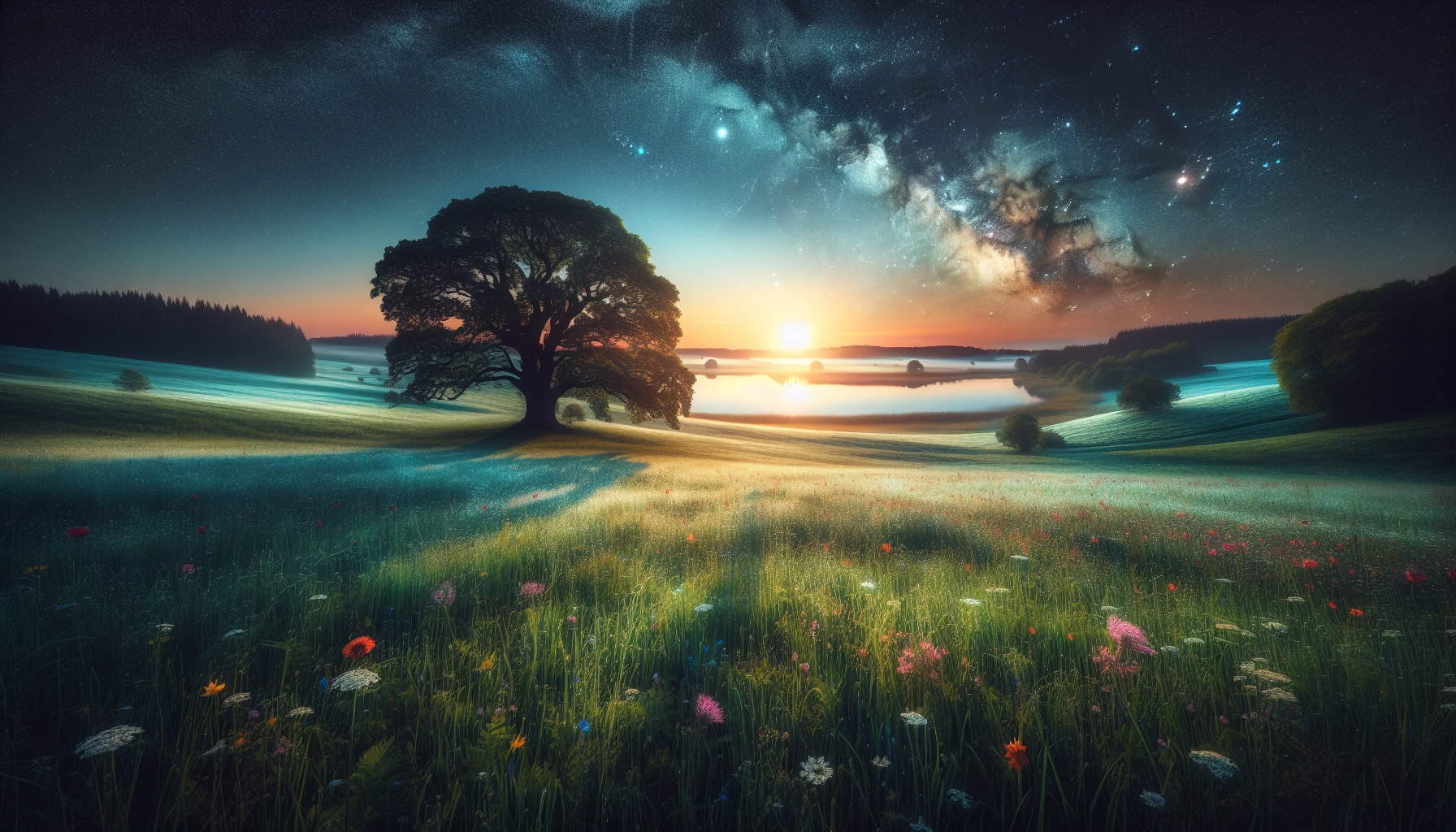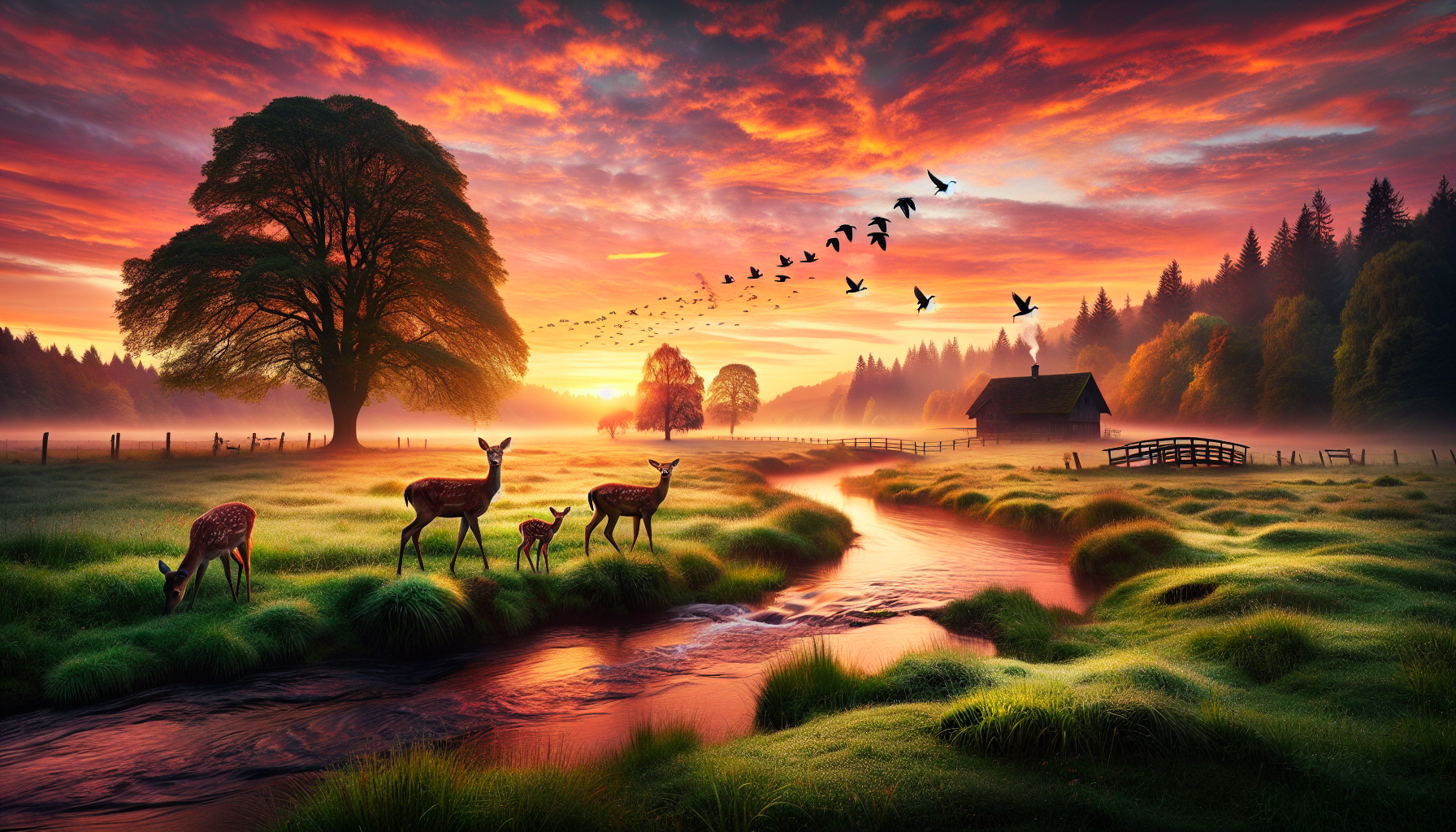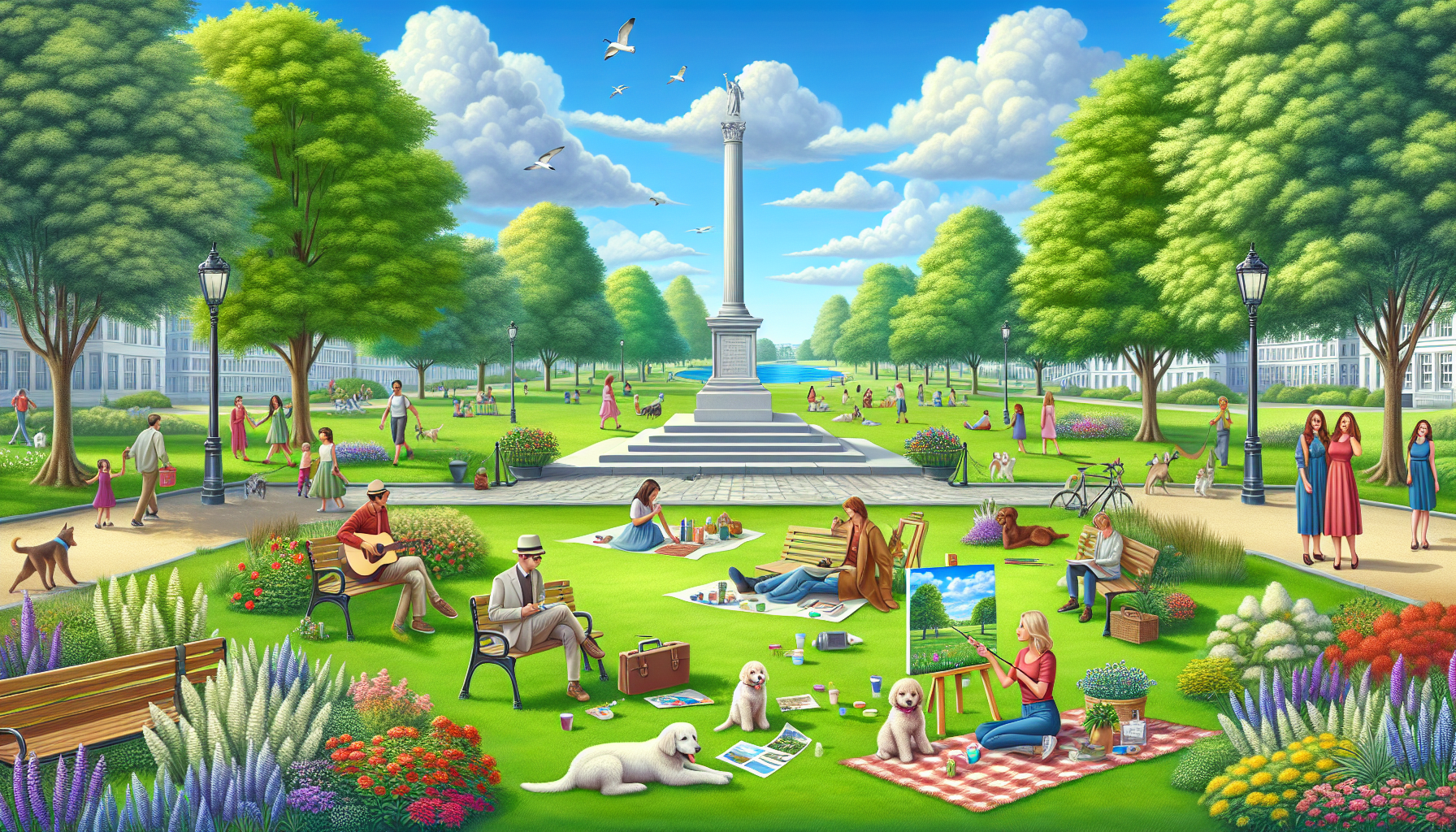
 Feel the heartbeat of any bustling city, and you’ll find it singing through its streets. Local street culture pulses with a vibrant energy that transforms ordinary sidewalks into stages and alleyways into canvases, weaving a tapestry far richer than any museum exhibit. It’s here that you can encounter the authentic essence of a city – a festive amalgamation of sights, sounds, and creativity that highlights the bold spirit of community-driven expression.
Feel the heartbeat of any bustling city, and you’ll find it singing through its streets. Local street culture pulses with a vibrant energy that transforms ordinary sidewalks into stages and alleyways into canvases, weaving a tapestry far richer than any museum exhibit. It’s here that you can encounter the authentic essence of a city – a festive amalgamation of sights, sounds, and creativity that highlights the bold spirit of community-driven expression.
Street culture is the unofficial anthem of urban life, with its origins deeply rooted in the heart of the local populace. In India, streets are teeming with diverse expressions of art and music, echoing the rich cultural heritage and evolving contemporary trends. It’s where the soothing strums of a guitar played by indie performers mingle with the rhythmic beats of traditional drums during a communal celebration. Whether it’s a Kathputli puppet show in Rajasthan or a flash mob performing on Mumbai’s bustling Marine Drive, these experiences connect people, breaking down societal barriers and celebrating cultural diversity.
The presence of local art on the streets offers more than just aesthetic appeal; it’s a guerrilla movement that democratizes art, taking it from the galleries to the masses, where everyone can critique, appreciate, or engage. Take, for example, the vibrant street art in Lodhi Colony, New Delhi, where murals narrate tales of history and social change, blurring the lines between contemporary life and artistic expression. Such initiatives reflect the relentless creativity that thrives in urban spaces, breathing new life into the stone-cold ambience of cityscapes.
One intriguing fact is that Indian street culture uniquely exemplifies ‘Jugaad,’ an epitome of resourceful improvisation where performers and artists make do with limited resources, crafting impressive outcomes from unconventional beginnings. It’s this innovative spirit that continues to foster an organic creative ecosystem amid the bustling chaos.
As you meander through these lively streets, remember that each city’s street culture is an evolving page of its ongoing story. It’s a testament to the human spirit’s endless capacity to create, inspire, and connect. So next time you find yourself in the midst of this vibrant tapestry, embrace it with open arms and perhaps stop to listen – the streets have a story, and it’s calling your name.
Influence of indie performers on urban communities
When indie performers take to the streets, they do more than entertain—they become catalysts for cultural connection and community development. Their influence on urban communities goes beyond music or dance; it’s about weaving a social fabric that binds people, often turning strangers into a collective with shared experiences and stories.
Picture a busy street filled with the vibrant sounds of an indie band, drawing in city dwellers who might have been rushing by, preoccupied with the demands of daily life. This spontaneous gathering creates an unanticipated sense of unity, encouraging individuals to pause, listen, and connect with one another. Indie performers often serve as the voice of their communities, reflecting the prevailing issues through their lyrics and styles, offering a sense of solace or solidarity to those who listen.
Cities thrive on diversity, and street culture provides a platform for it to shine through indie performances. These performers bring their unique backgrounds, perspectives, and artistic expressions to the forefront, offering fresh takes on age-old traditions. In essence, they are the bridges between contemporary urban life and the diverse cultural tapestry of local traditions. By doing so, indie performers contribute to an ever-evolving dialogue that attracts newcomers while fostering a sense of belonging among long-time residents.
One notable example of this is the Indian city of Bangalore, where street performances are celebrated as uniquely inclusive events, bringing together people from different castes, languages, and cultures. This infectious energy not only enlivens the area but fosters mutual respect among the diverse populace. These performances are more than entertainment; they serve as reminders that street culture can be an essential tool for urban social cohesion.
So, the next time you’re drawn to a street corner by the melody of an indie performer, consider staying for a bit longer. You might just find that the streets offer a sense of belonging, where the lines between artist and audience blur, creating a community that thrives on shared creativity.
Street art and its cultural impact
From sprawling murals that splash color across city walls to intricate chalk drawings washed away by the rain, street art brings an electrifying jolt to urban landscapes. Breaking the monotony of concrete and asphalt, these vibrant expressions reveal the pulse of a city and reflect its diverse soul. Street art is not just a visual feast; it’s a dynamic dialogue between the artist and the observer, an invitation to ponder, smile, or protest. In India, the impact of street art has transcended mere aesthetics to become a powerful tool for cultural commentary and social change.
When walking through the lanes transformed by projects like the Lodhi Art District in New Delhi, one quickly realizes how local art plays a pivotal role in shaking up the status quo. Each mural paints its own unique narrative, from stark portrayals of social injustices to celebrations of cultural heritage, turning cold urban spaces into lively storybooks. This democratized form of art allows for broader participation and engagement, as anyone passing by becomes part of the conversation—no ticket or art degree required.
Street art’s cultural impact is also anchored in its innate ability to foster community identity and pride. Local citizens often engage in the creative process, whether through collaboration in large mural projects or by participating in community discussions about the artwork’s themes. This inclusive approach breaks down walls—both literally and metaphorically—encouraging a sense of ownership and belonging among residents. It’s this engagement that reinforces the idea that street art is not a fleeting showpiece but a rooting thread in the urban cultural fabric.
Take, for instance, the ubiquitous ‘auto-rickshaw’ in Indian street art scenes. Once seen as mundane, these three-wheelers become vibrant canvases adorned with colors and motifs capturing the essence of local life. It’s an illustrious example of how street culture finds beauty in the everyday, turning the banal into beloved icons.
As you wander through these urban galleries, let the street art surprise you with its bold statements and subtle whispers. It’s not about conformity or perfection—it’s about telling a story that resonates, one brushstroke at a time. So, next time you encounter a piece of street art, pause and contemplate the message it imparts. You might just find that these public canvases offer not just a splash of color, but a brush with the essence of the city itself—a city that’s as alive and vibrant as the art that adorns it.
Challenges faced by indie artists
Amid the glitter and sprawl of city life, an indie artist might seem like a small fish in a big pond. Yet, these artists face a unique set of challenges that could make even the most vibrant murals seem dull in comparison. Venturing outside the conventional mainstream can be a pioneering journey, but it’s not without its hurdles.
For starters, financial instability is a common concern. Unlike artists backed by big labels or galleries, many indie performers and creators often rely on sporadic gigs or crowdfunding to keep their art alive. The road to financial sustainability is steep, with irregular income streams making it tough to plan for future projects or even sustain a modest living. This precarious financial situation frequently shadows their creative pursuits, affecting their ability to invest in quality instruments or materials, which, in turn, limits their artistic output.
Moreover, gaining visibility remains an uphill battle. In a culture saturated with commercial media, indie artists often struggle to find a platform to showcase their talent. The absence of substantial backing means their voices risk being drowned out against the mainstream tide. Despite the availability of digital media as a democratizing force, algorithms often favor those who can afford to buy visibility, putting indie performers at a disadvantage. Yet, it’s precisely in the cracks of this structure that these artists find innovative pathways—whether it’s via pop-up performances in bustling markets or engaging in local art festivals that celebrate grassroots talent.
Then there’s the challenge of acceptance, both from audiences and within the broader cultural landscape. Indie art often deviates from the norm, breaking boundaries and setting new creative paradigms. As refreshing as this may be, it can also prompt resistance from traditional sectors that are unprepared or unwilling to embrace unorthodox forms of expression. Indie performers often become cultural nomads, gradually gaining recognition through perseverance and the gradual rallying support of niche communities and local street culture enthusiasts.
Through these struggles, one truth becomes apparent: indie artists embody the rebellious heart of local art scenes, becoming bastions of cultural innovation even amid adversity. So, the next time you chance upon an indie artist performing on a street corner, consider tossing a coin or offering a word of encouragement—because amid the cacophony of urban life, they are the ones daring to keep the soul of the city alive, one makeshift stage at a time.
The future of street culture and indie performance
As urban landscapes continue to evolve, so too does the dynamic synergy of street culture and indie performers shaping its future. A vibrant push-and-pull amid these cityscapes offers a glimpse into a future teeming with creative potential and expression. With tradition and innovation in constant dialogue, street culture and indie performance are poised to redefine urban experiences in increasingly imaginative ways.
Emerging technologies are at the forefront of this transformation, providing indie performers with innovative platforms to amplify their voices beyond their immediate surroundings. Livestreaming performances via social media channels or collaborating with digital artists to create augmented reality experiences are ushering in a new era, where the streets transcend physical boundaries. This digital confluence enriches the sensory experience for audiences and artists alike, allowing local art to reach a global stage from its urban roots.
Furthermore, a growing emphasis on sustainability is reshaping how street culture and indie artists approach their craft. The integration of eco-friendly materials and practices into street performances and installations is not just a nod to environmental responsibility but a creative challenge that drives innovation. Artists are increasingly conscious of their environmental footprint, utilizing reclaimed objects and materials to craft powerful narratives that resonate with both local communities and broader audiences.
Cities themselves are becoming more appreciative of the cultural value indie performers bring to public spaces. Municipalities are increasingly supporting these artists by designating specific areas for performances and street art, acknowledging their role in fostering a vibrant and inclusive cultural milieu. This institutional backing opens up new possibilities for collaborations and artistic endeavors that continuously infuse urban spaces with energy and individuality.
As we look forward, the future of street culture and indie performance lies in its ability to adapt, thrive, and connect disparate communities through shared artistic experiences. The narratives spun on these makeshift stages—the bustling streets—are as limitless as the creativity fueling them. In capturing the spirit of the cities they inhabit, indie artists weave their unique stories into the urban fabric, ensuring that these narratives endure and inspire future generations. In an increasingly homogenized world, their distinctive voices remind us to cherish the spontaneous beauty of local art, no matter where it may lead us on life’s journey.

